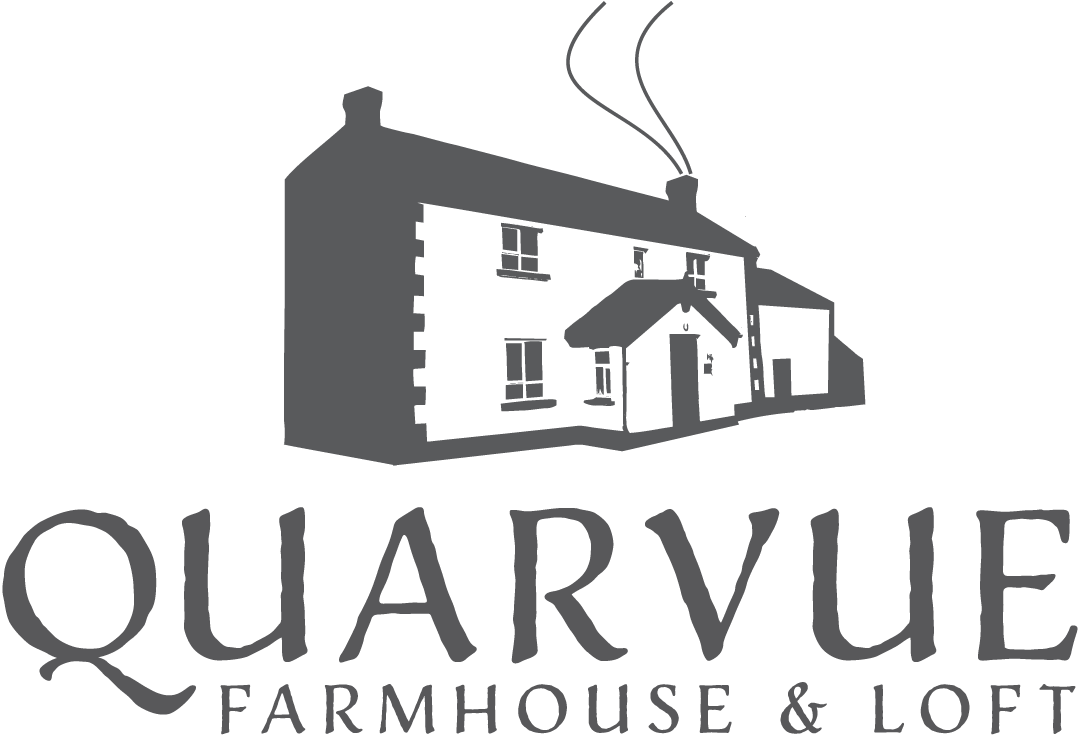Built in c.1790, this substantial Georgian Country House built was the prominent residence of Baron Mc Clelland on what was known as the “linen lease”. Such leases were established under the old Irish Parliament which gave authority to “limited owners” to grant perpetuity leases in order to encourage the linen industry (instead of a fixed period of 50 years).
The building was designed by Thaddeus Gallagher, a local farmer and builder. Thaddeus’ son James, an architect, moved to New Orleans in the United States, changed his name to Galliger for an indefinite purpose and became one of the best and respected architects of his time, designing many notable public buildings within the city, including St Patrick’s Church.
Anaverna is currently a multi-purpose establishment used to facilitate both theatrical and musical performances from many of the best acts in Ireland. It is owned by the Lennox-Conygham family, formerly of Springhill, Co. Derry, who purchased it from a Mr. Cox, who in turn had bought it from the last of the Thompsons, who were descendants of its original occupant.
The Thompsons most prized possession was a buff leather coat which King William was wearing, when he was shot in the shoulder at the Battle of the Boyne. This artefact is now considered the most famous artefact on display in Dundalk Museum. The folklore of the piece is best captured in a report from the Newry Magazine of 1815 where in Dr. John Spenser talks of the piece as: –
A coat of buffalo-skin, worn by king (sic) William the 111, at the Battle of the Boyne, is now in possession of Robert Thomson, Ravensdale, Esq. It is perforated at the spot opposite the shoulder, in which the king had receive a wound from a musket-ball. It was the property of the late Mrs. Mills (grand –aunt to Mr. Thomson) who died a few years ago, in extreme old age, at Ravensdale. This lady husband had received it from colonel Wetherall; (aid-de-camp to William,) whose near relative he was. The colonel had aided it taking it off the king, with whose consent he had retained it, in memory of the transaction of his sovereign.
Miss Mary Thompson who died in 1916 was the authoress of many poems, which were published in ‘The Nation’ and other papers, she wrote under the pen-name “Eithne”. Many of these poems can be viewed by appointment via the following hyperlink: http://sources.nli.ie/Record/PS_UR_093894/Details .
In close proximity to the grounds of Anaverna, a path leads to an ancient circular stone built enclosure called “Lisnecheggle” (the fort of the rye) containing foundations of stone huts or cells.


